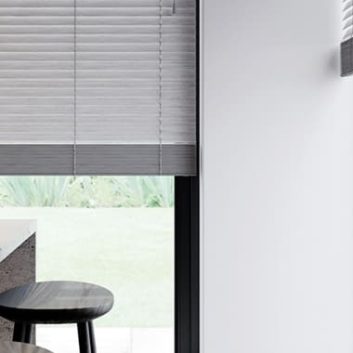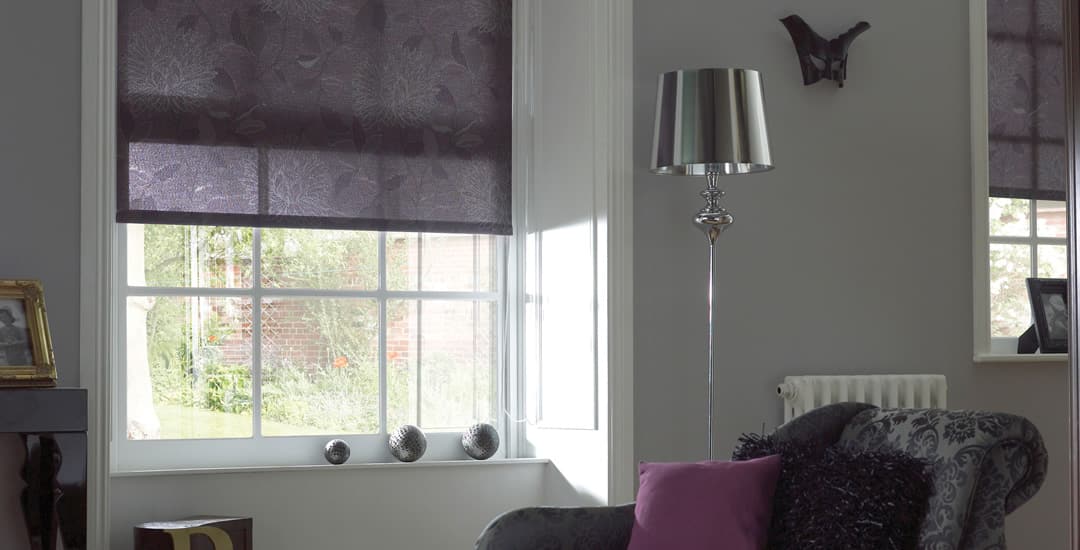
Room darkening blinds will reduce the level of light that enters the room to varying degrees, whilst blackout blinds should stop it dead and block all external light almost entirely.
However, the degree to which any room darkening blind will darken the room can vary quite a lot across different types, materials, and thicknesses of blinds; and to further compound matters, blackout blinds might not actually block 100% of external light themselves!
If you’re more confused now that you were before you opened this blog post; well, my English teacher did always tell me to spend more time on my homework, so sorry about that. Bear with me though, and one way or another, this blog post will provide you with a practical, usable understanding of how room darkening differs from blackout and how/what to buy when it comes to blinds that will achieve the end result you want.
Is room darkening the same as blackout?
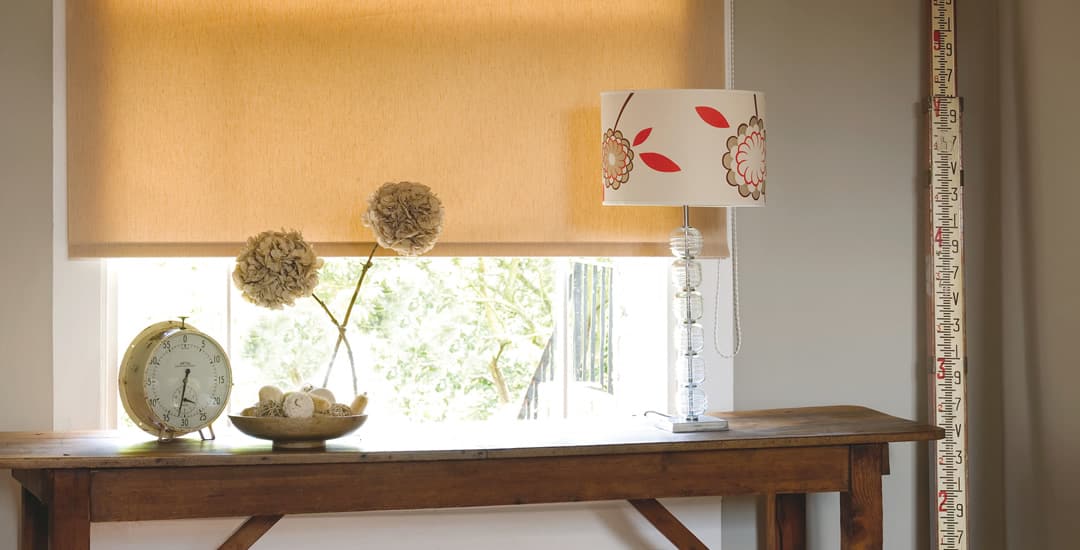
No; well, not on paper, anyway. A room that has been darkened with a blind will be uh, darker than it otherwise would be if left to its own devices, but it won’t be pitch black to the extent that you could develop photographic film in there.
A room darkening blind might do as little as taking the edge off glare whilst barely muting the light in the room at all, or it could be dark enough to mean that you can barely see your hand in front of your face until you’ve given your eyes a chance to adjust.
Blackout, on the other hand, should mean blackout; like, everything but blackness is kept out, it’s a black cat on a black fence on a black night, nothing to be seen here, it’s dark, you forgot to take your eye mask off and thought you’d gone blind, the Nazi bombers would not be able to spot your city during the war, that kind of dark.
Now for the catch.
A room darkening blind can never be a blackout blind, but in some cases, a blackout blind might be a room darkening blind in terms of not fulfilling both the letter and the spirit of its assignment.
Like, if the safety of the city depended on this blind, Coventry would once more be in for a hard time.
This is because whilst the fabric of a blackout blind won’t let any light through short of a small to medium-ish nuclear explosion, how the blind is hung and so, what (if any) light creeps around the sides of it can let you down.
So, room darkening and blackout should mean the difference between reducing external light and stopping it entirely, but in practical terms, the line here might be somewhat blurred.
In its purest terms though, being both what type of blind you’re working with, and what material it is made of…
What is the difference between room darkening and blackout blinds in terms of materials and construction?
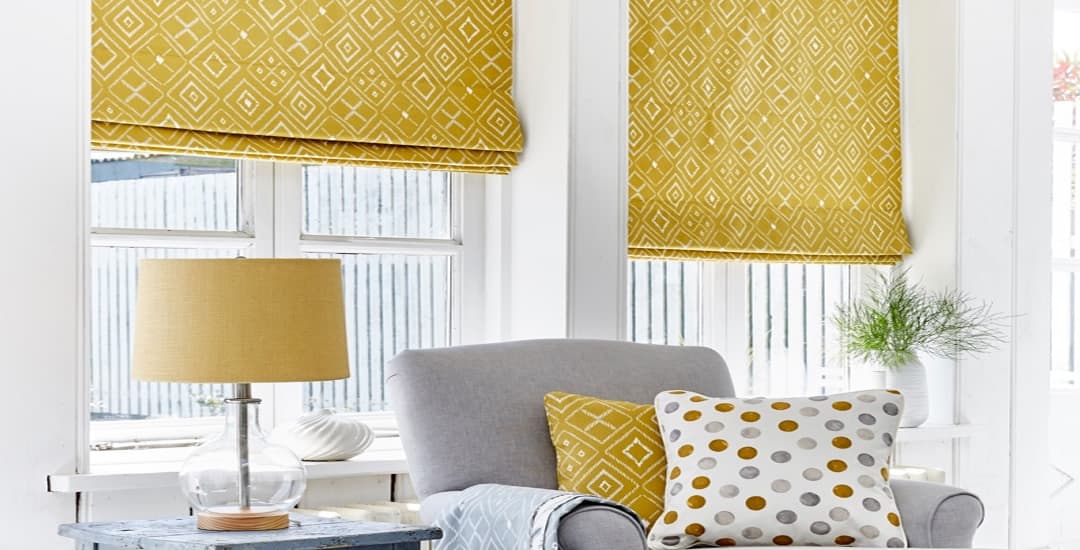
A room darkening blind will be made of a material or fabric that will allow some level of light to pass through it. It might be literally a sheer chiffon or voile blind designed to prevent glare and/or enhance privacy without blocking the light or view, or it might be a fabric/material that’s very thick and that will stop all but the most determined of sunbeams in their tracks.
Or, secret option number three; it might be a blind whose individual component parts are all impermeable to light, but the way they’re put together means that they don’t block it entirely.
For this latter, think slatted blinds like a wood or faux-wood blind; the wood or faux-wood that makes up the body of the blind itself won’t let light in, but the way the slats lie together will permit some light to creep in between them.
Blackout blinds – these are both made of a fabric or material that won’t let light pass through it, plus constructed in such a way as to ensure that the fabric/material is put together to prevent light getting past its joins or gaps.
So, a fabric roller blind or Roman blind made from blackout fabrics, which will be comprised of one single sheet or fabric; or a blackout vertical blind, which will have the louvres aligned in such a way as to ensure that they close together flush with sufficient overlap as to negate any light getting through the joins.
As I said though, a blackout blind might, depending on how it is hung (and how much additional coverage it has over the wall around the sides of it) permit light leakage around the edges; and so achieving a blackout rather than simply a good level of room darkening relies just as much on how you hang the blind as it does what the blind is made of.
What is the difference between room darkening and blackout blinds for the bedroom?
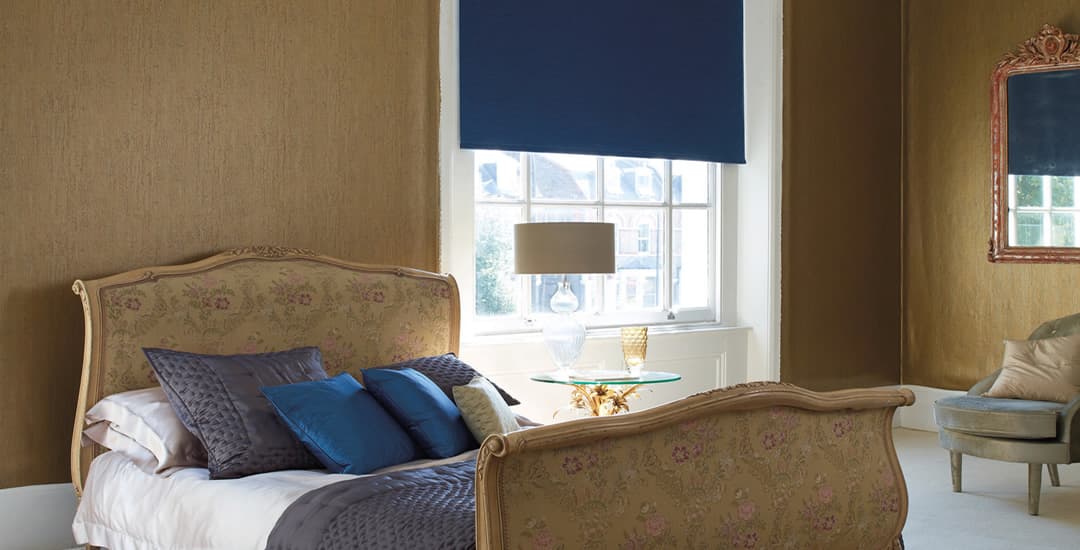
Personal choice, essentially. Many people automatically look for blackout blinds for the bedroom, but this isn’t necessarily what everyone wants. A lot of people prefer room darkening blinds, which allow them to choose a material and type of blind that provides a high degree of precision to control how dark their bedroom gets.
A lot of folk find blackout blinds actually quite disorienting as they have no reference point for what sort of time of day it is when they wake up without some level of light to provide a pointer.
So whilst you might well want blackout blinds for the bedroom, room darkening blinds are also a valid option and can be found across the full spectrum from “barely allow any light to pass at all” to “barely block any light from entering at all,” depending on your preferences.
My grandmother was a huge proponent of the latter; she basically used organza blinds because she “wanted to wake up with the dawn as God intended,” and so anyone else staying in the house had to as well. This is just one of the many reasons why I absolutely hated staying over at hers as a kid, going to bed when she’d finished her brandy at about midnight and in summer, ending up awake again before you knew what.
Is the difference between room darkening and blackout blinds significant?
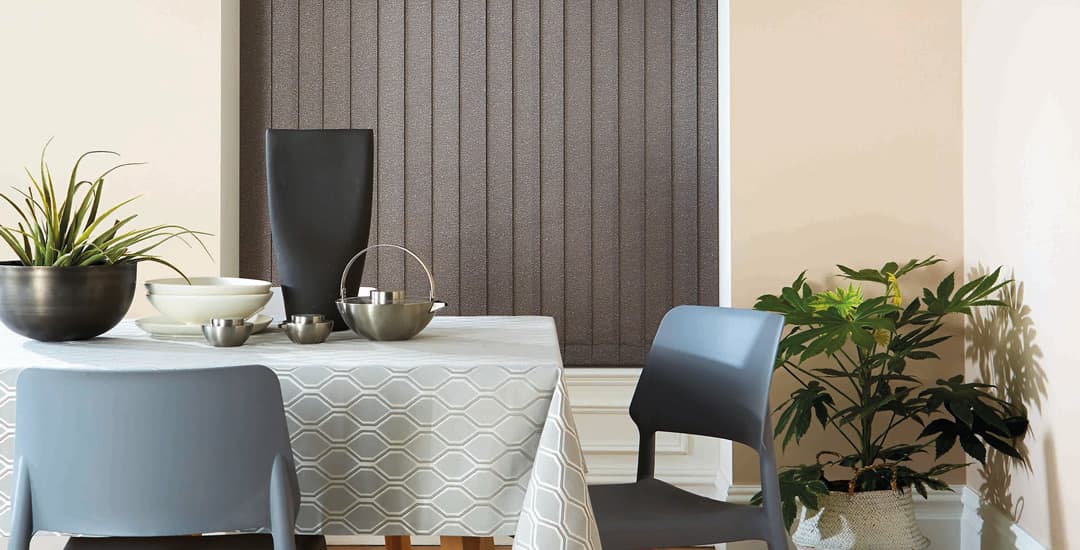
This utterly depends on the material and type of blind you pick. When it comes to slatted blinds like Venetian blinds, wooden blinds, and faux-wood blinds, these will all allow a certain amount of light through between the slats, and you can either minimise or maximise this by means of how you rotate the slats.
However, if you wanted to, these could achieve a very acute level of room darkening, as they’re made of a solid material that however thin, won’t let light through each individual slat.
When it comes to roller blinds, vertical blinds, Roman blinds and day and night blinds, which are all made of fabric, assuming you choose the dimout versions of these (rather than the blackout versions) how much light passes through the fabric itself can vary from “almost full dark” to “lots of light.”
When it comes to day and night blinds, I would suggest that these are the type of blinds that have the least comprehensive room darkening prowess regardless of how you manage them, as they have sheer stripes that will always let light in despite alignment for a solid opaque sheet… Despite the fact that “some blinds retailers” (the type we don’t invite over for Christmas drinks) sell day and night blinds that they claim are also total blackout blinds.
What is the difference between room darkening and blackout blinds on the internet, and how can I find out before I buy?
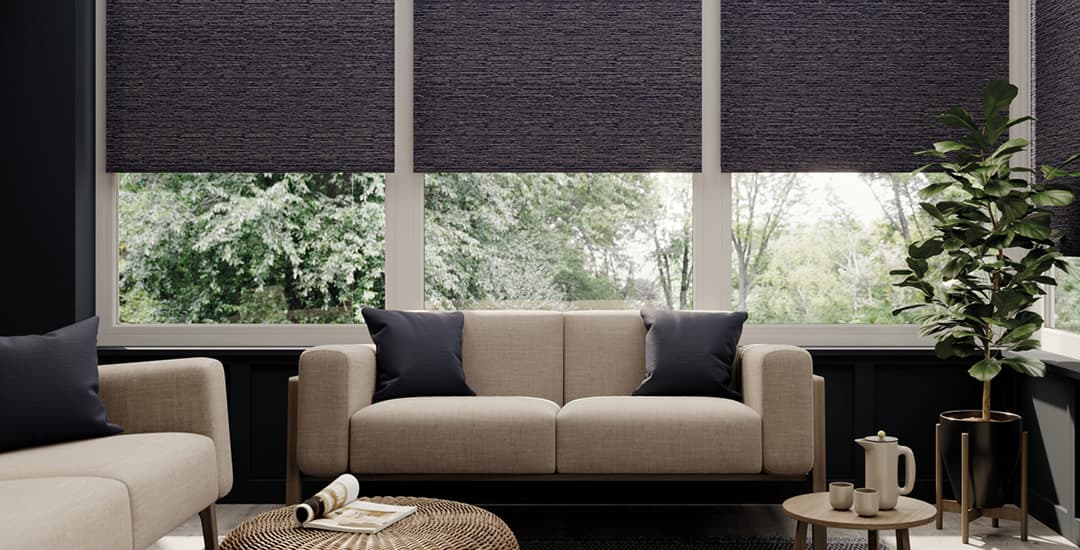
Most of us that move with the times enough to have things like indoor plumbing and phones that aren’t the Nokia 3310 shop for and buy blinds online; but if you’re trying to determine if a blind you like also vibes with your idea of how dark you want it to make the room, how can you do this without seeing the blind in the flesh?
I got this.
First up, request a free sample of the material/fabric that the blind is made from. And uh, discount any company that doesn’t offer these, because why!?
For me personally, I would not buy made-to-measure and so, non-returnable blinds from a company that won’t let me see what I’m getting before I buy, because I find that suss and would assume that the quality of their materials aren’t in line with their price point.
If you’re considering buying from us, English Blinds, you can add free materials/fabric samples to your cart on each individual product page for them, and there is absolutely no catch here – you don’t have to buy anything to get them, you can have literally as many as you like, and you don’t even have to pay shipping – you can checkout a shopping cart of free samples without paying a single bean.
Oh, and we don’t sent piffly little postage-stamp sized bits of fabric that are neither use nor ornament either; we’ll send a big enough chunk of fabric for you to see the entirety of any pattern on it, and also, to hold a torch to it to see how much light gets through.
Also, again if you’re considering buying from us and live near Solihull, just south of Birmingham (or fancy a road trip) you can come straight to our office/factory/R&D centre and have a good poke about at the materials or fabrics of your choice and also get advice and guidance on what to pick if you want it as well.
Ideally make an appointment first to ensure we’re not all on lunch/really busy, but if you do turn up on spec we’ll still help you out. If you do decide to go this route and would like my autograph while you’re here, a venti almond milk latte with an extra shot from the nearby Starbucks would be great, thanks…

